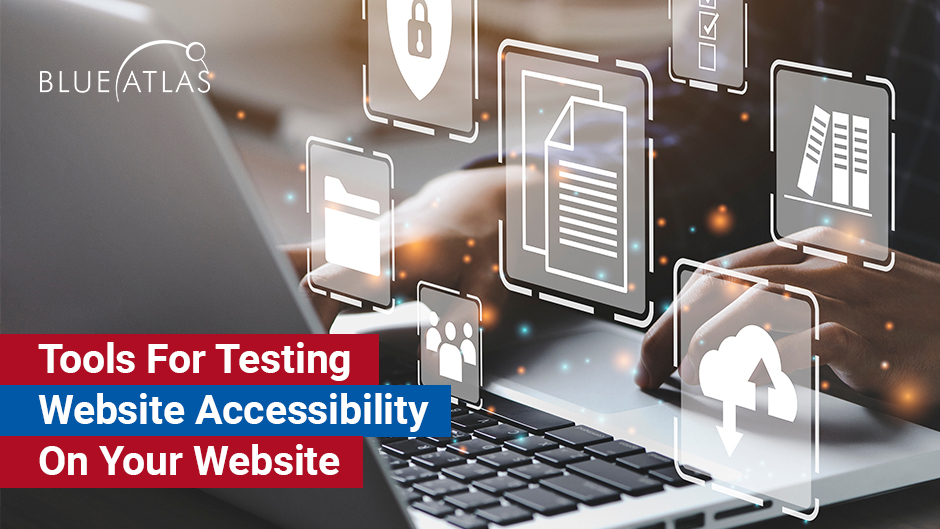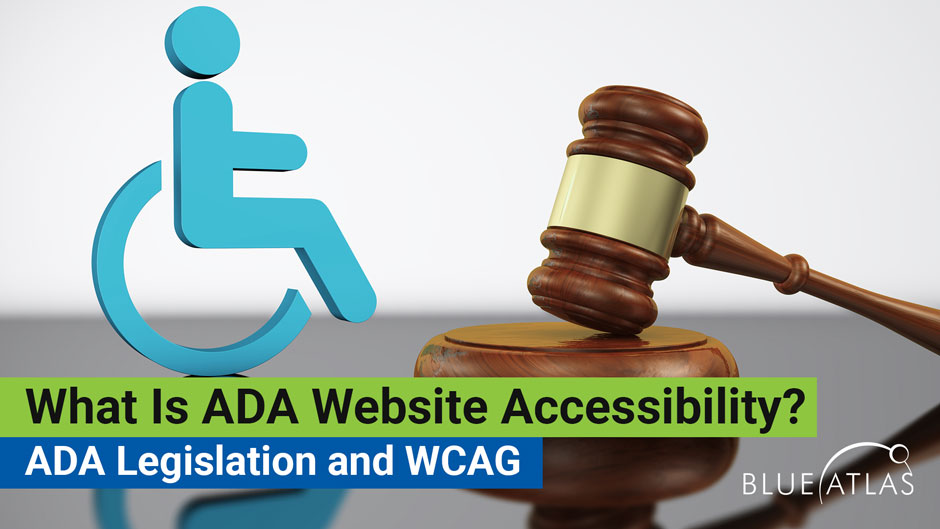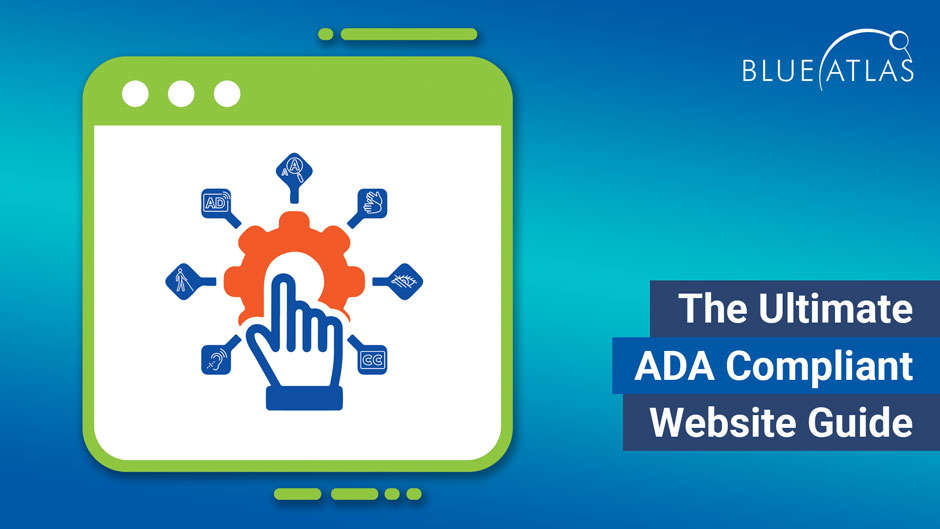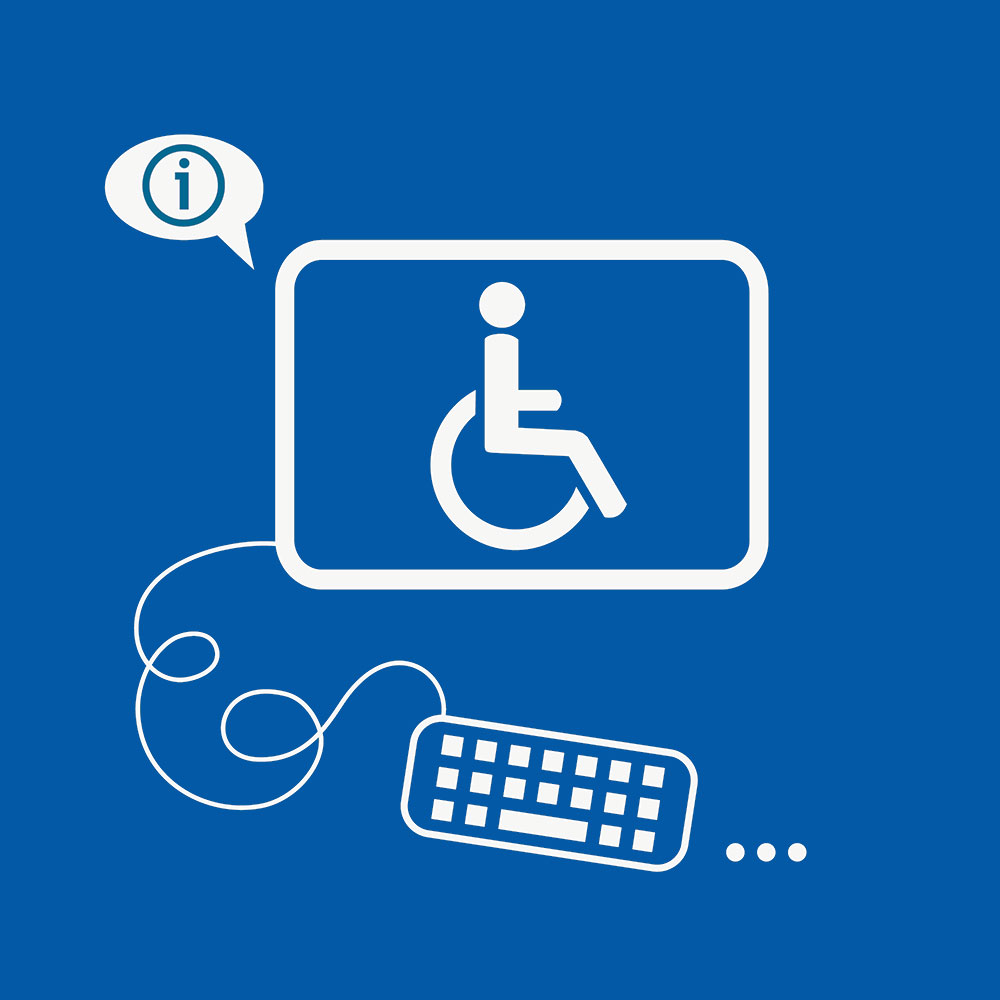What Are the Benefits of Accessible Web Design?
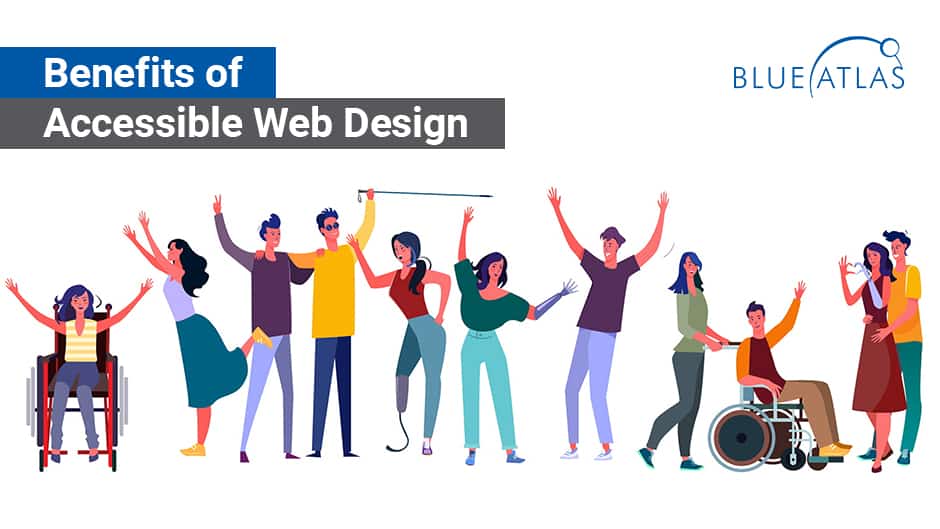
It’s easy to refer to web accessibility compliance, the requirements for web design needed to obey laws and avoid fines. These days, that means following the latest guidance on how the ADA (Americans with Disabilities Act) affects business websites, and similar regulations.
But there’s another side to web accessibility – the benefits of accessible web design, beyond simply following your federal and state requirements. Let’s take a closer look at those benefits, and why they matter so much.
1) Easy Navigation
An accessible website is easy for everyone to navigate. Accessible menus are easy to understand and use, with simpler, clear options that make it obvious what different parts of the website do. That makes it easier for people to find exactly what they are looking for. It also helps search engines crawl and index your pages correctly. An accessible menu is properly tagged as such (with semantic HTML markup, i.e. <nav>) and labeled so screen readers and keyboard navigation can access all parts of the menu system. This can help decrease bounce rates from people who get confused by a webpage and leave because of a poorly designed menu.
2) Style and Visuals
Accessible websites not only function well, they also look great and are easily perceived by users having a wide range of visual disabilities. They use pleasant color schemes with the right amount of contrast to enhance the appearance of the website. They have the appropriate amount of white space, so sites don’t look cluttered or confusing. Images and elements like buttons are large enough and clear enough to easily communicate their meaning, too.
3) Increased Legibility
Accessible web design uses clear language, and legible fonts that are easy to read even for those who may have trouble seeing or disorders like dyslexia. This includes fonts that remain legible when increasing the contrast, font size, zoom, and spacing. Accessible websites also use clear headers that keep content organized and predictable. This is especially useful for blogs and sections of the website that have a lot of text that people may need to read. Including headings and lists help break up content, making it easier to digest. This type of understandable text can be especially helpful for those reading English as a second language, or the elderly who may not be familiar with certain terms or jargon.
4) Mobile Optimization
Touchscreen devices are important assistive technology for many individuals with disabilities, and are increasingly common for all. Accessible web design allows for a website to be used throughout all devices, without losing functionality. With over 59% of users on their mobile devices worldwide, accessible design changes are essential for mobile optimization, making sure websites function well on devices like smartphones and tablets. This ensures that people using their mobile devices can also quickly find what they’re looking for, and that web content is entirely compatible with touchscreens, so no one gets frustrated.
5) Avoiding Lawsuits
It’s not just fines that can threaten a website with poor accessibility. Over the past few years, the number of lawsuits over website accessibility has skyrocketed. The last thing any growing business wants is to run into a lawsuit over their site design: Ensuring accessibility is an easy way to avoid lawsuits and costly litigation. It’s best to have excellent evidence if the worst does happen – see where your site stands using our ADA Compliance Audit.
6) Improved Search Engine Optimization (SEO)
All the benefits we’ve talked about above are also excellent for search engine optimization, or SEO. SEO algorithms evaluate accessibility features like descriptive alt tags on images and many other features of accessible websites – anchor text and video/audio captions – which also indicate a high-quality inclusive website. This means search engines crawlers can better understand the content of your page and thus, better rankings in Google and other search engines.
Improve Your Website by Partnering with Blue Atlas
Interested in learning more? Our experienced developers and designers at Blue Atlas are experts at website accessibility upgrades. Learn more about how web accessibility works, and send us a message if you have any questions or would like to explore a new design for your site!



